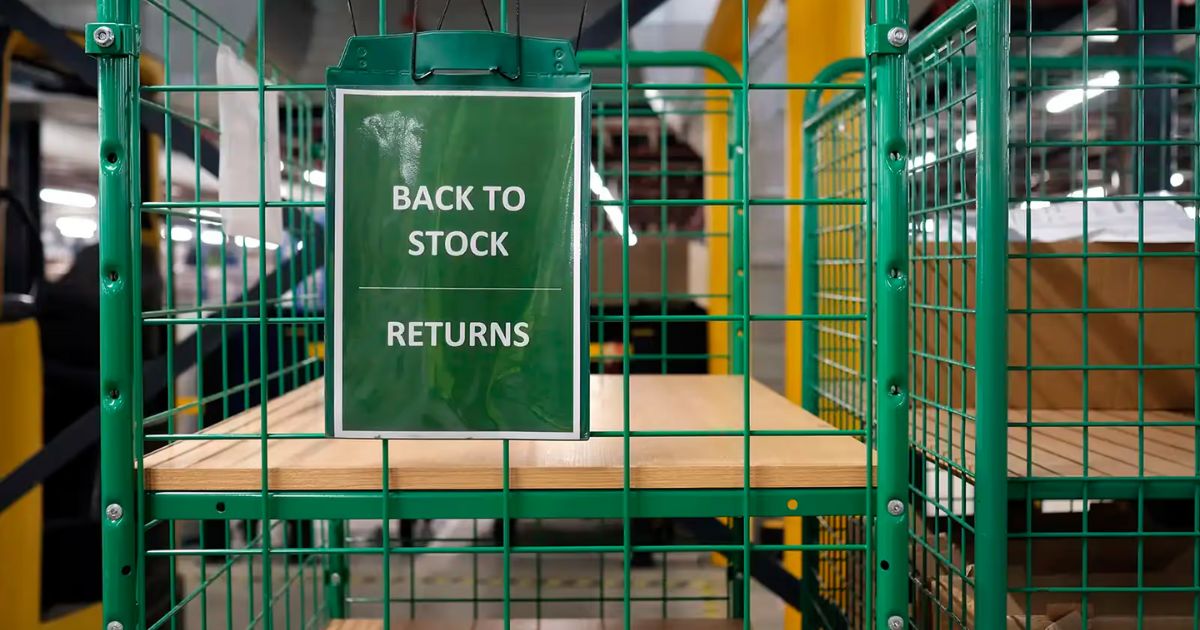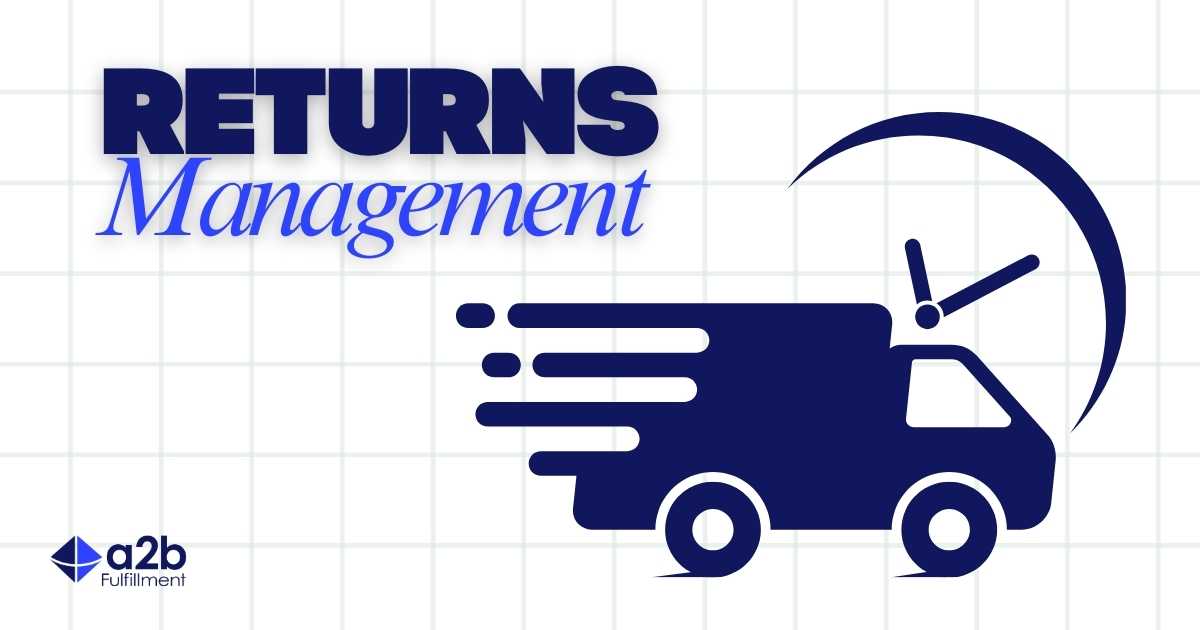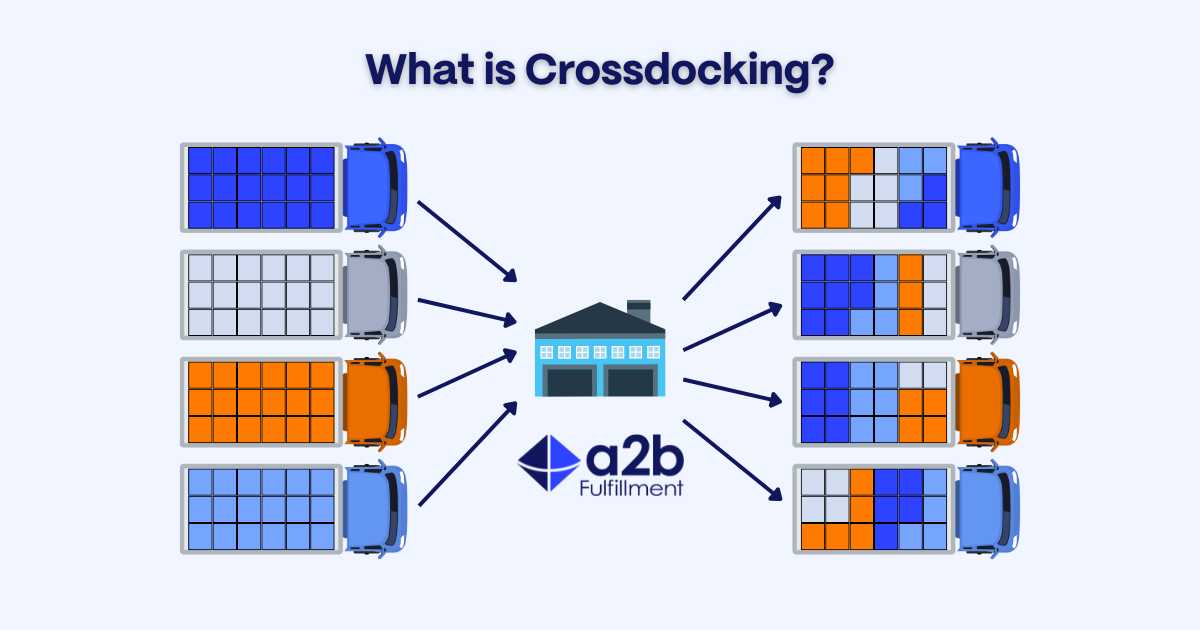Recent McKinsey 2025 holiday shopping data shows a significant shift in consumer behavior, with 37% of millennial and 33% of Gen Z shoppers starting their holiday buying before October. This isn't just a trend; it's a fundamental change in the retail calendar that directly impacts your fulfillment operations.
With these shifting consumer trends, your inventory must be able to meet that demand. An earlier shopping season means you can no longer rely on just-in-time inventory arrivals in late fall. Proactive inventory management is now essential.
You should move your supply chain timelines up. This way, you can receive, process, and prepare products for picking weeks or months before the usual peak.
A key tactic is to forward-deploy your best-selling products. By analyzing sales data, you can identify your top 20% of SKUs and position them in regional fulfillment centers closer to your end customers. This reduces transit times and shipping costs, enabling you to meet delivery expectations without eroding your margins. This approach prepares you for early orders and builds resilience into your network ahead of the inevitable carrier congestion in November and December.
A key tactic is to forward-deploy your best-selling products. Sales data can help you identify your top 20% of SKUs.
Then, place them in regional fulfillment centers near your customers. This reduces transit times and shipping costs, enabling you to meet delivery expectations without eroding your margins. This approach prepares you for early orders and builds resilience into your network ahead of the inevitable carrier congestion in November and December.
Easy Capacity Planning

An elongated peak season requires a more dynamic warehouse capacity approach. Partnering with a 3PL provider gives you access to additional warehouse space and labor resources. This important safety valve ensures you keep running smoothly, even during peak season order volume.
Diversify Your Carrier Mix to Protect SLAs
Relying on a single national carrier during peak season is a significant risk. As the entire retail industry competes for limited capacity, bottlenecks and surcharges are unavoidable. An early and extended peak season puts even more strain on these networks. The most effective way to mitigate this risk is through using a 3PL that offers carrier diversification.
A modern 3PL uses multi-carrier rate-shopping software that evaluates origin, destination, transit time, and real-time pricing to select the optimal service for each order. The result: on-time delivery at the best available cost, without manual guesswork.
Prepare for the Inevitable Returns Surge

An earlier start to holiday buying inevitably means an earlier start to holiday returns. Your reverse logistics provider must be as efficient as your outbound fulfillment. A slow or disorganized returns workflow ties up valuable inventory, delays refunds, and creates a poor customer experience.
a2b has clear rules for returns automation. These rules quickly sort returned products by their condition. They also send items that can be resold into available stock immediately.
Providing customers with a simple, self-service returns portal also reduces the burden on your customer service team. With the right 3PL partner, a smooth returns process helps you get the most value from returned goods and keeps your customers happy.
Secure Your Peak Season Success with a2b Fulfillment

The data is clear: the holiday season is already underway, and peak season capacity is filling faster than ever. Schedule a consultation with a2b Fulfillment today. Get the nationwide network, expert help, and flexible capacity you need to serve your customers well during the holiday season.






